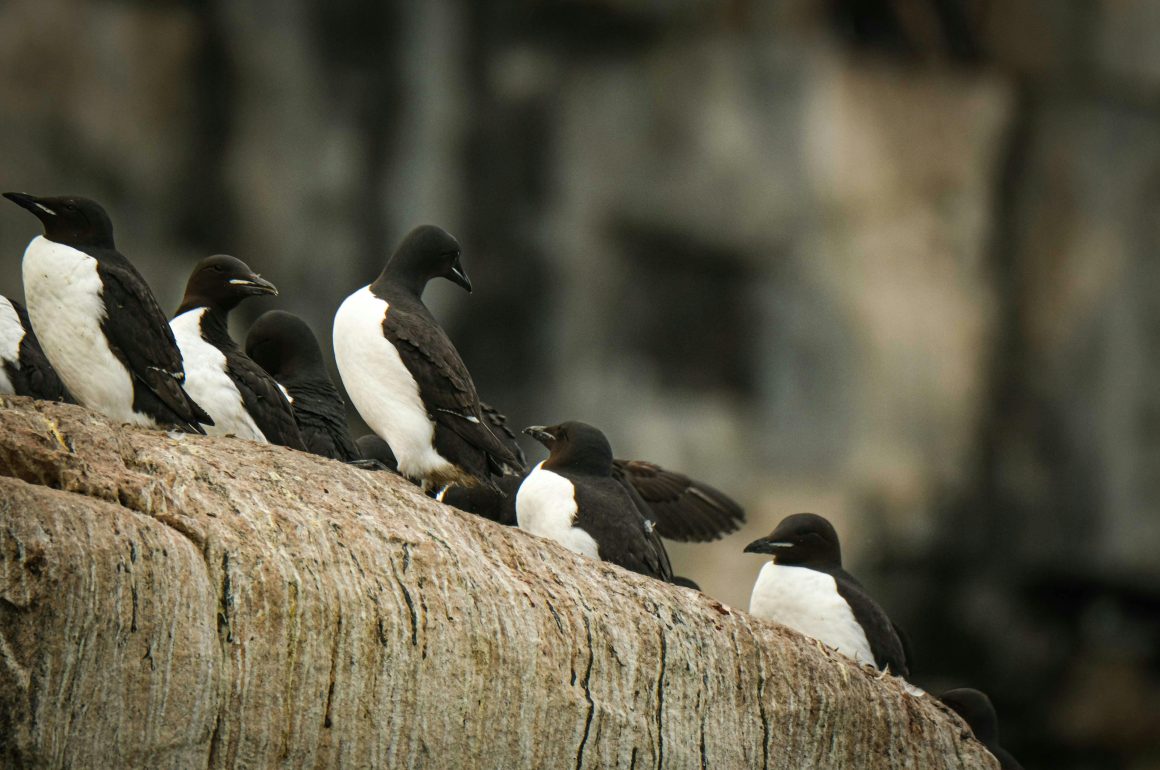
We were travelling to historic Cape Race, when we encountered a traffic jam. Four Woodland Caribou were trotting along in the middle of the road. That is not what we expected to see, as our guide took us to the most south-easterly corner of Newfoundland in early July 2018. We were out to find Willow Ptarmigan and seabirds. We missed the ptarmigan, but we had three species of Shearwaters: Sooty, Greater, and Manx. Also offshore, we saw Razorbill and Atlantic Puffin. Two Minke Whales added to the variety. Butterflies were active too: we saw a Short-tailed Swallowtail and a Common Ringlet.
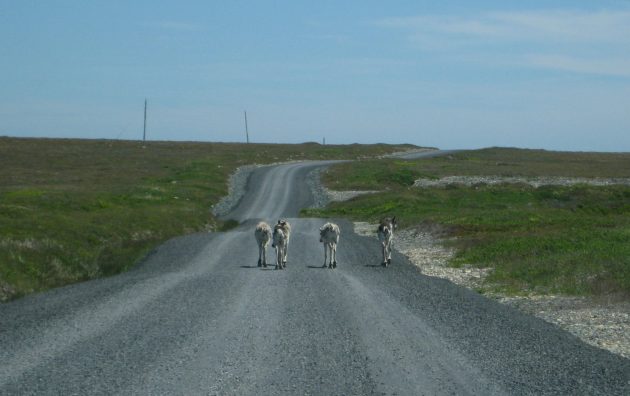
Woodland Caribou (note aptly-named Barrens on either side)
Newfoundland is a place of rugged beauty where there are always wonderful birds to see. We stayed in the Avalon Peninsula, basing ourselves in St. John’s. We drove to Cape St. Mary’s Ecological Reserve, which is a seabird breeding site of international significance. One of the site’s interpreters told us that during their season two out of every three days are foggy. We were lucky to have a clear but windy day. As we approached the site, we noticed the noise and the smell. The reserve is a nesting site for over 100,000 seabirds. The birds nest on the sea stacks or the nearby cliffs.
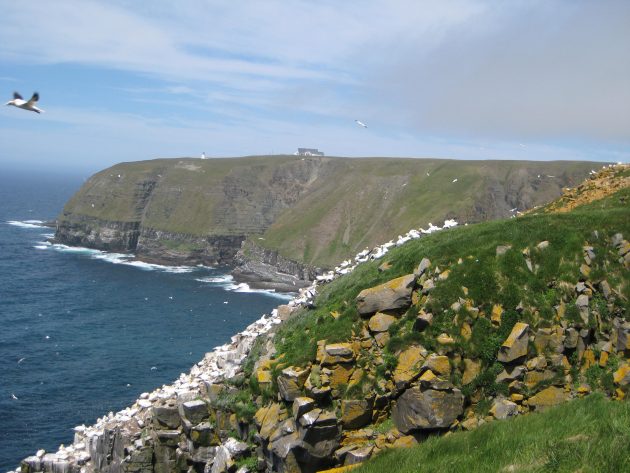
Cape St. Mary’s – this photograph illustrates why Newfoundland is nicknamed “The Rock”
There is a hierarchy of birds, with the aggressive and abundant Northern Gannets on top. Below them are the Black-legged Kittiwakes and Common Murres. There are no railings, so it was dizzying for me to peek over the edge of a cliff for my first view of “lifers” Razorbill and Thick-billed Murre, which mix in smaller numbers among the others. When we were there on 9 July we saw birds mating, on eggs, with newly-hatched young, and older, fluffy chicks. Even the walk to the colony from the parking lot had interest, with Horned Larks dust bathing. As well, we had Savannah Sparrow and American Pipit singing.
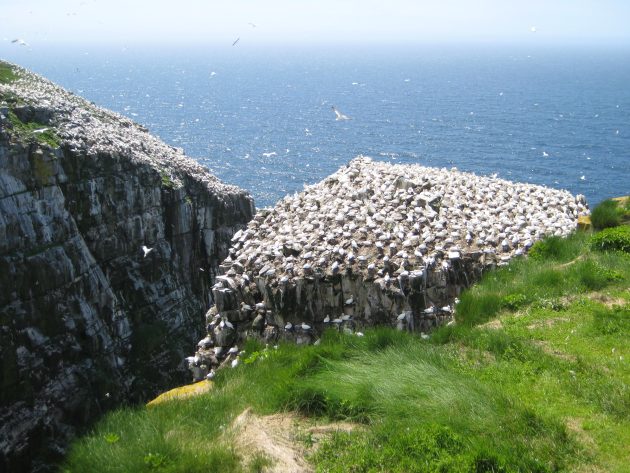
Cape St. Mary’s sea stack
We took a puffin and whale watching trip to Gull Island, which is part of the Witless Bay Ecological Reserve. As we arrived at the docks, two Bald Eagles flew overhead. Along the way to the island, we saw feeding Humpback Whales. On the island Atlantic Puffins, Razorbill, Northern Fulmar, Common Murre, and Black-legged Kittiwake were nesting. The only negative to this outing was the difficulty in looking at the birds through my binoculars, as we bobbed and rolled in the swells. Newfoundland’s birds, the gorgeous scenery, and the history of the island make it a wonderful destination.
Note: Common Murre cover photo taken from Pexels, an online source of copyright-free photos. Other photos by the Kinrys family.






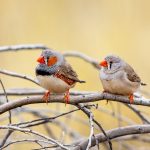
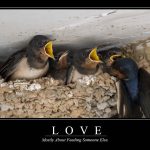

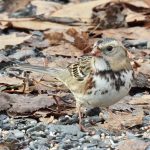
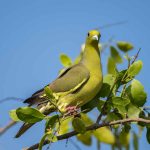
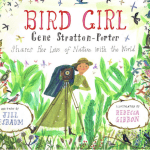
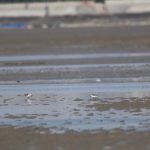
Waaaaay back around Christmas 1987 I went to Newfoundland for 2 weeks, staying in St. John’s as well. Of course, bird life – or animal life in general – was rather limited during the winter, but what was there was so impressive: caribou, moose, snowy owls and the winter landscape… just incredible. One of my most impressive trips. Thank you for bringing back those memories, and you saw some very sweet species, both feathered and furred! 🙂